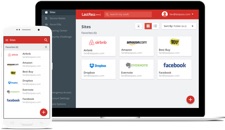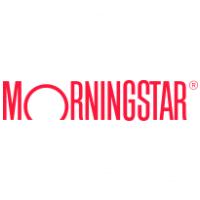
Password manager Lastpass has announced that they are letting their Free users sync their passwords across all devices – desktop, laptop, tablet, or smartphone. Mac or PC. Android or iOS. There will still be ads for Free users and other features available only for paid Premium users ($1 a month). Still, anyone can now store all their passwords on the cloud for free. I must use my password manager over 100 times a week as it allows me to have a unique, complex password for every single website. Perhaps this move is partially due to iCloud keychain being free for Apple users?
In case you were wondering, it was Lastpass that was hacked last year, although it doesn’t appear any master passwords were directly exposed. This serves as a reminder that cloud sync is convenient, but with its own set of security concerns. Lastpass also offers multi-factor authentication for additional security, which again you’ll have to weigh against convenience issues.
See also: 10-Minute Digital Privacy Tuneup from Consumer Reports


 Investment research firm Morningstar has released their annual 529 College Savings Plans Research Paper and Industry Survey. While the full survey appears restricted to paid premium members, they did release their
Investment research firm Morningstar has released their annual 529 College Savings Plans Research Paper and Industry Survey. While the full survey appears restricted to paid premium members, they did release their  The Best Credit Card Bonus Offers – March 2024
The Best Credit Card Bonus Offers – March 2024 Big List of Free Stocks from Brokerage Apps
Big List of Free Stocks from Brokerage Apps Best Interest Rates on Cash - March 2024
Best Interest Rates on Cash - March 2024 Free Credit Scores x 3 + Free Credit Monitoring
Free Credit Scores x 3 + Free Credit Monitoring Best No Fee 0% APR Balance Transfer Offers
Best No Fee 0% APR Balance Transfer Offers Little-Known Cellular Data Plans That Can Save Big Money
Little-Known Cellular Data Plans That Can Save Big Money How To Haggle Your Cable or Direct TV Bill
How To Haggle Your Cable or Direct TV Bill Big List of Free Consumer Data Reports (Credit, Rent, Work)
Big List of Free Consumer Data Reports (Credit, Rent, Work)